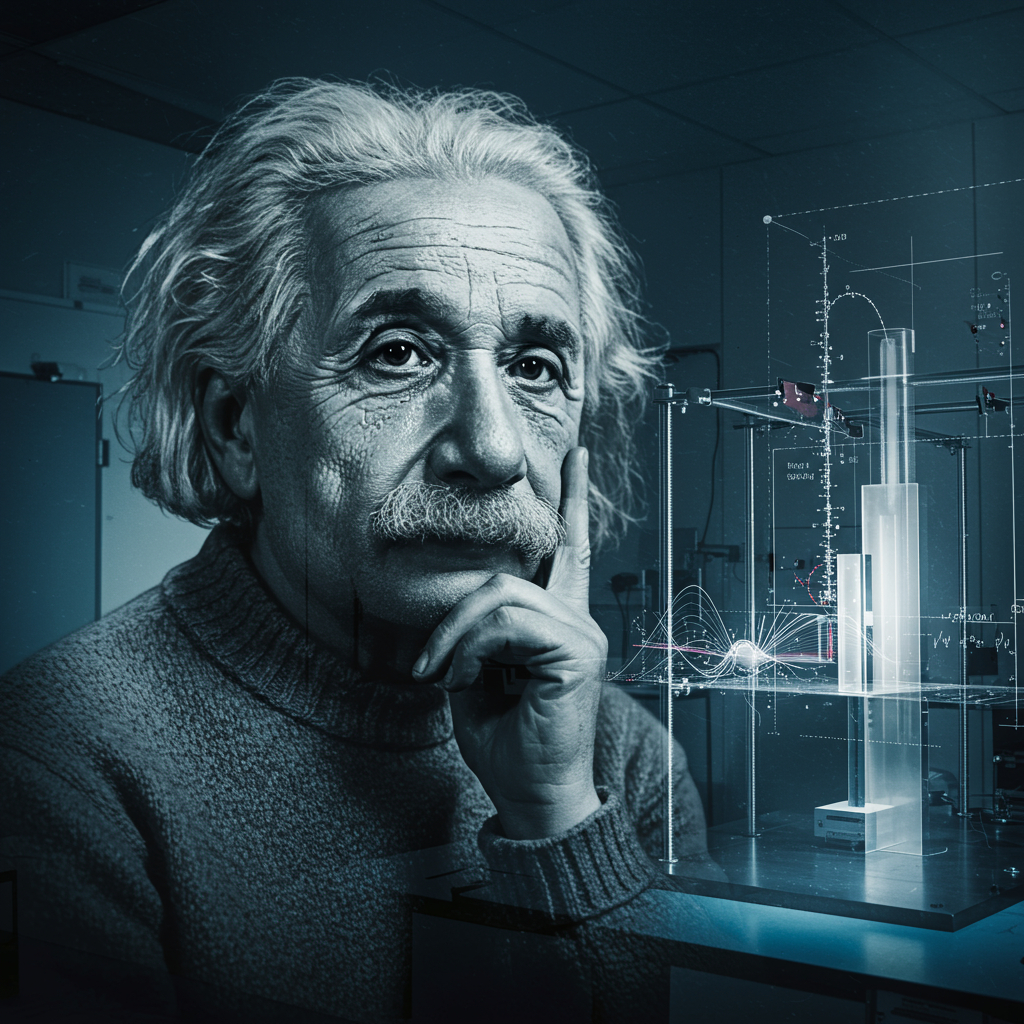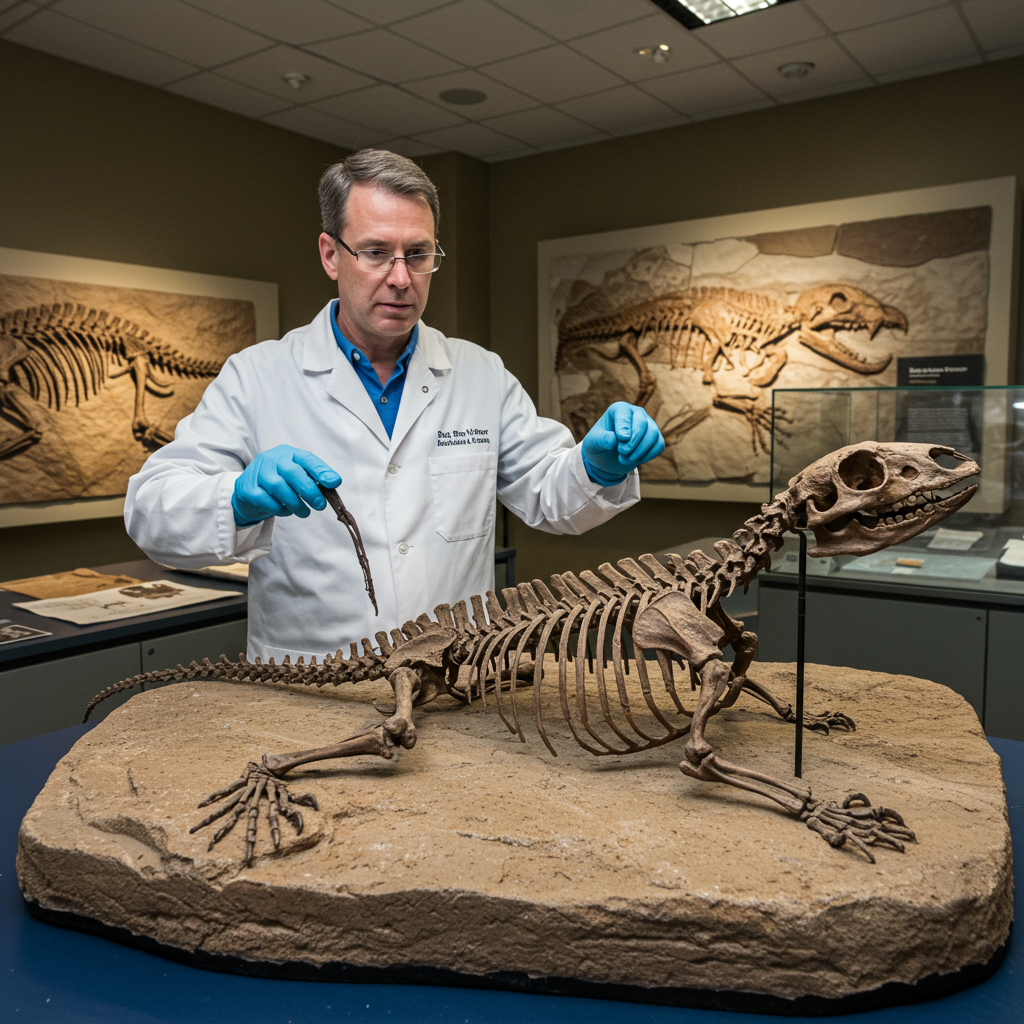Imagine a fundamental reality where observation itself shapes existence. This mind-bending concept is at the heart of quantum physics, famously illustrated by the double-slit experiment. Now, a groundbreaking study from the Massachusetts Institute of Technology (MIT) has refined this legendary experiment to its absolute quantum essentials. Published in 2025, their findings precisely confirm the elusive dual nature of light, offering an elegant refutation of a specific quantum scenario once proposed by none other than Albert Einstein. This research deepens our understanding of light’s enigmatic behavior and the very fabric of reality.
Unveiling Light’s Mysterious Dual Nature
For centuries, scientists have grappled with the true nature of light. In 1801, British polymath Thomas Young performed the original double-slit experiment, demonstrating light’s wave-like properties. He shone light through two narrow, parallel slits, expecting two distinct bright lines. Instead, he observed an alternating pattern of bright and dark stripes—an interference pattern—just like ripples expanding from two sources on a pond. This pattern strongly suggested light behaves as a wave.
However, the advent of quantum mechanics introduced a stunning twist. Light, comprised of tiny energy packets called photons, also behaves as a particle. The real enigma emerges when you try to observe which slit a single photon passes through. Astonishingly, the interference pattern vanishes, and the photon suddenly acts like a particle, leaving just two spots. This perplexing wave-particle duality, where light exists as both a wave and a particle but can only be observed as one at a time, remains a cornerstone of quantum physics.
The Historic Clash: Einstein vs. Bohr
This inherent paradox fueled a legendary debate between two titans of 20th-century physics: Albert Einstein and Niels Bohr. In 1927, Einstein, uncomfortable with the probabilistic nature of quantum mechanics, proposed a thought experiment. He theorized one could detect a tiny “recoil” or force on a slit as a photon passed, thereby revealing its particle path. Simultaneously, he believed, the wave interference pattern should persist. This would, he hoped, circumvent the quantum mechanical uncertainty principle.
Niels Bohr, a staunch defender of quantum theory, countered Einstein’s challenge. He argued that any attempt to gain “which-path” information would inevitably disturb the system. This disturbance, he explained, would necessarily “wash out” or destroy the wave interference pattern. Bohr’s interpretation, rooted in the uncertainty principle, held that knowing the path (particle nature) inherently precludes observing the wave nature, and vice versa. Subsequent experimental versions of the double-slit experiment have consistently upheld Bohr’s quantum predictions.
MIT’s Precision: Stripping to Quantum Essentials
Fast forward to the present, or rather, the near future: the MIT team, led by Professor Wolfgang Ketterle, set out to perform the most “idealized” version of the double-slit experiment to date. Their goal was to strip away all non-essential elements, focusing solely on the core quantum essentials. Instead of traditional slits, they used individual atoms themselves as the “slits” for light to scatter from.
The experiment involved over 10,000 atoms, super-cooled to microkelvin temperatures—just above absolute zero. Researchers carefully arranged these ultracold atoms into a precise, crystal-like lattice using an array of laser beams. This setup ensured each atom acted as a distinct, isolated “slit,” yet together, they produced a detectable signal. They employed weak light beams, guaranteeing that at most, only one photon scattered off any given atom, mimicking the single-particle interactions central to quantum phenomena.
The Revelation of “Fuzziness”
A critical innovation in the MIT experiment was the concept of an atom’s “fuzziness.” This refers to the certainty of an atom’s precise location. The researchers could finely tune this “fuzziness” by adjusting the laser light holding each atom in place. A “fuzzier,” more loosely held atom would spatially extend slightly. When a photon scattered off such a “fuzzier” atom, the atom itself would “rustle” more noticeably. This “rustling” subtly recorded information about the photon’s path, enhancing its particle-like behavior.
The MIT team meticulously observed how tuning this “fuzziness” directly correlated with the light’s behavior. As the atoms became “fuzzier” and revealed more path information (particle nature), the visibility of the interference pattern (wave nature) correspondingly decreased. Their observations were in perfect harmony with the predictions of quantum theory. This provided direct, atomic-level evidence demonstrating why Albert Einstein‘s specific proposal for simultaneous observation simply wouldn’t work in the quantum realm.
Beyond the Proverbial “Springs”
One fascinating aspect of Einstein’s original thought experiment involved an analogy of “springs.” He envisioned the slits as being suspended by springs, where a passing photon would cause a detectable shake, signaling its path. In many historical interpretations and descriptions of the double-slit experiment, these metaphorical “springs” played a significant conceptual role in explaining how path information emerged.
The MIT team, however, went a step further. They asked: do these “springs” truly matter? They briefly turned off the laser “springs” holding the atoms, allowing them to effectively float freely for a microsecond. Even in this “spring-free” scenario, they observed the same fundamental phenomenon: the photon’s wave and particle natures could not be simultaneously observed. This profound insight showed that the physical recoil or “springs” are not the critical mechanism. Instead, the inherent “fuzziness” of the atoms and deeper quantum correlations between photons and atoms are what truly govern this bizarre duality.
Why This Matters: Clarifying Quantum Reality
The MIT study clarifies a century-old foundational controversy in quantum physics. Professor Ketterle aptly describes their work as performing an “idealized Gedanken experiment”—a thought experiment brought to life with unprecedented precision. Their findings, published in Physical Review Letters, arrived in a particularly symbolic year. The year 2025 has been designated the International Year of Quantum Science and Technology, celebrating a century since the formal birth of quantum mechanics.
This research not only pays homage to the intellectual giants like Einstein and Bohr but also pushes the boundaries of our understanding of fundamental reality. By stripping the double-slit experiment to its core, MIT physicists have provided a definitive, elegant demonstration of wave-particle duality. This paves the way for deeper explorations into quantum correlations, potentially influencing fields like quantum computing and quantum information science, where controlling such delicate quantum states is paramount.
Frequently Asked Questions
What is the core paradox of the double-slit experiment confirmed by MIT?
The core paradox confirmed by MIT is wave-particle duality: light, composed of photons, can behave as both a wave and a particle, but never simultaneously. When undisturbed, light shows wave-like interference patterns. However, if one attempts to measure or gain information about the photon’s particle path through a slit, the interference pattern collapses, and the light exhibits only particle-like behavior. The MIT experiment provided the most precise demonstration of this fundamental principle to date.
How did MIT’s “idealized” double-slit experiment differ from previous versions?
MIT’s “idealized” double-slit experiment used individual atoms, super-cooled and arranged in a precise lattice, as the “slits” themselves, rather than physical apertures. This allowed for atomic-level control and precision. A key difference was the ability to tune an atom’s “fuzziness” (certainty of its location), which directly controlled how much path information was gained and, consequently, the visibility of the wave interference pattern. They also uniquely demonstrated that the “spring-like” recoil of the slits, a historical conceptual element, is not the critical factor for observing duality.
What did the MIT study reveal about the Einstein-Bohr debate on quantum duality?
The MIT study definitively demonstrated that Albert Einstein’s proposal for simultaneously observing both the particle path and wave interference pattern in the double-slit experiment was incorrect. By precisely correlating the “fuzziness” of the atomic “slits” with the loss of interference, the researchers confirmed Niels Bohr’s quantum mechanical prediction. Their work underscored that gaining path information inherently destroys wave interference, validating the uncertainty principle and the deeper role of quantum correlations in governing light’s dual nature.
This landmark research from MIT confirms that our universe operates on principles far stranger and more fascinating than classical intuition suggests. The double-slit experiment, now refined to its quantum limits, continues to serve as a profound window into the mysterious heart of reality. As we celebrate the International Year of Quantum Science and Technology, such breakthroughs remind us that the quest to understand the quantum realm is far from over, promising new insights into the fundamental laws that govern everything around us.




